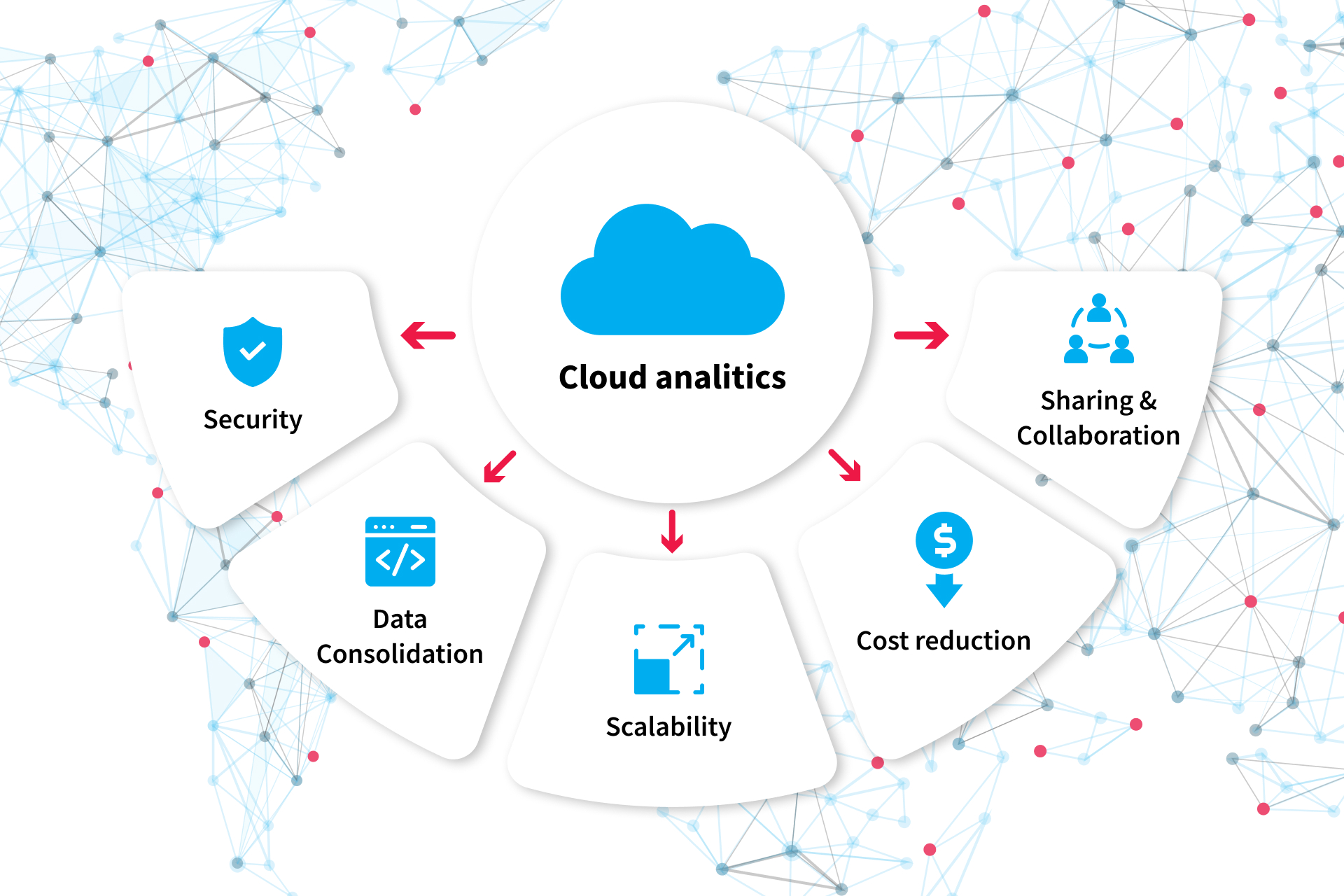
Introduction
Defining Cloud Analytics
Cloud analytics refers to the process of gathering, processing, and analyzing vast amounts of data using cloud-based infrastructure and software. This approach allows businesses to leverage powerful computational resources without the need for extensive on-premises hardware. Imagine a small retail business that can now access real-time sales data from multiple locations without the burden of maintaining servers. Cloud analytics simplifies complex data tasks, making insights readily available and easily actionable.
Benefits of Cloud Analytics for Businesses
The benefits of cloud analytics are profound, encompassing various dimensions of a business. Here are some notable advantages:
- Cost Efficiency: By utilizing cloud resources, businesses can save on expensive hardware and maintenance fees.
- Scalability: Companies can adjust their data processing capabilities based on demand, ensuring that they are never under-resourced.
- Accessibility: With cloud analytics, team members can access data from anywhere, enhancing collaboration and decision-making processes.
- Real-Time Insights: Organizations can make informed decisions faster, responding to market changes with agility.
For instance, a marketing team can rapidly analyze campaign performance data stored in the cloud, enabling them to pivot strategies promptly. As businesses increasingly recognize these benefits, the transition to cloud analytics becomes not just a choice but a necessity for thriving in today’s data-driven landscape.
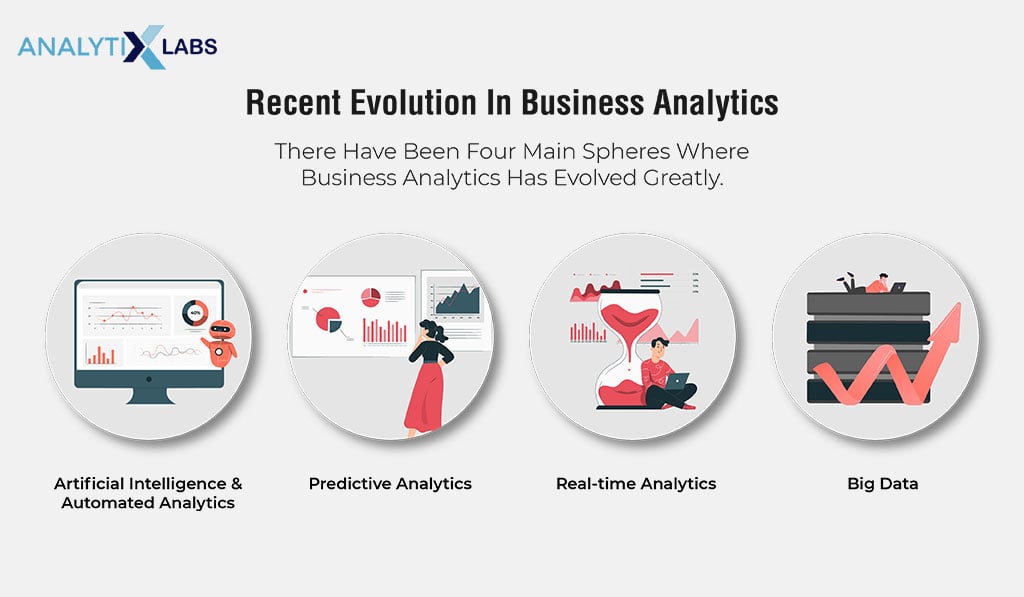
The Evolution of Data Analytics
Traditional Data Analytics vs. Cloud Analytics
As data analytics has evolved, a clear distinction has emerged between traditional methods and modern cloud analytics. Traditional data analytics typically relies on on-premises hardware and structured data sets, which can be cumbersome and costly. Imagine a scenario where a company must invest heavily in servers just to analyze its sales data. The process is often slow, with insights taking days or even weeks to materialize.
On the other hand, cloud analytics revolutionizes this paradigm by offering flexibility and agility. It allows businesses to analyze data stored off-site, making large-scale processing and storage feasible without significant upfront investment. Key differences include:
- Infrastructure: Traditional analytics demands extensive hardware; cloud services utilize scalable resources.
- Processing Speed: Insights derived from cloud analytics are quicker, fostering timely decision-making.
- Resource Accessibility: Cloud analytics facilitates access from any location, crucial for remote teams.
Importance of Real-time Data Analysis
The significance of real-time data analysis cannot be overstated in today’s fast-paced business environment. Companies now need to make decisions at lightning speed, and real-time insights enable them to do so. For example, a retail chain can monitor stock levels in real-time, adjusting orders with a click.
Benefits of real-time data analysis include:
- Enhanced Responsiveness: Businesses can quickly adapt to market shifts.
- Informed Decision Making: Teams access data when they need it, leading to better strategies.
- Competitive Advantage: Organizations that harness real-time data analysis often outperform their rivals.
Incorporating real-time data capabilities isn’t just beneficial; it’s essential for staying competitive in a data-centric world.
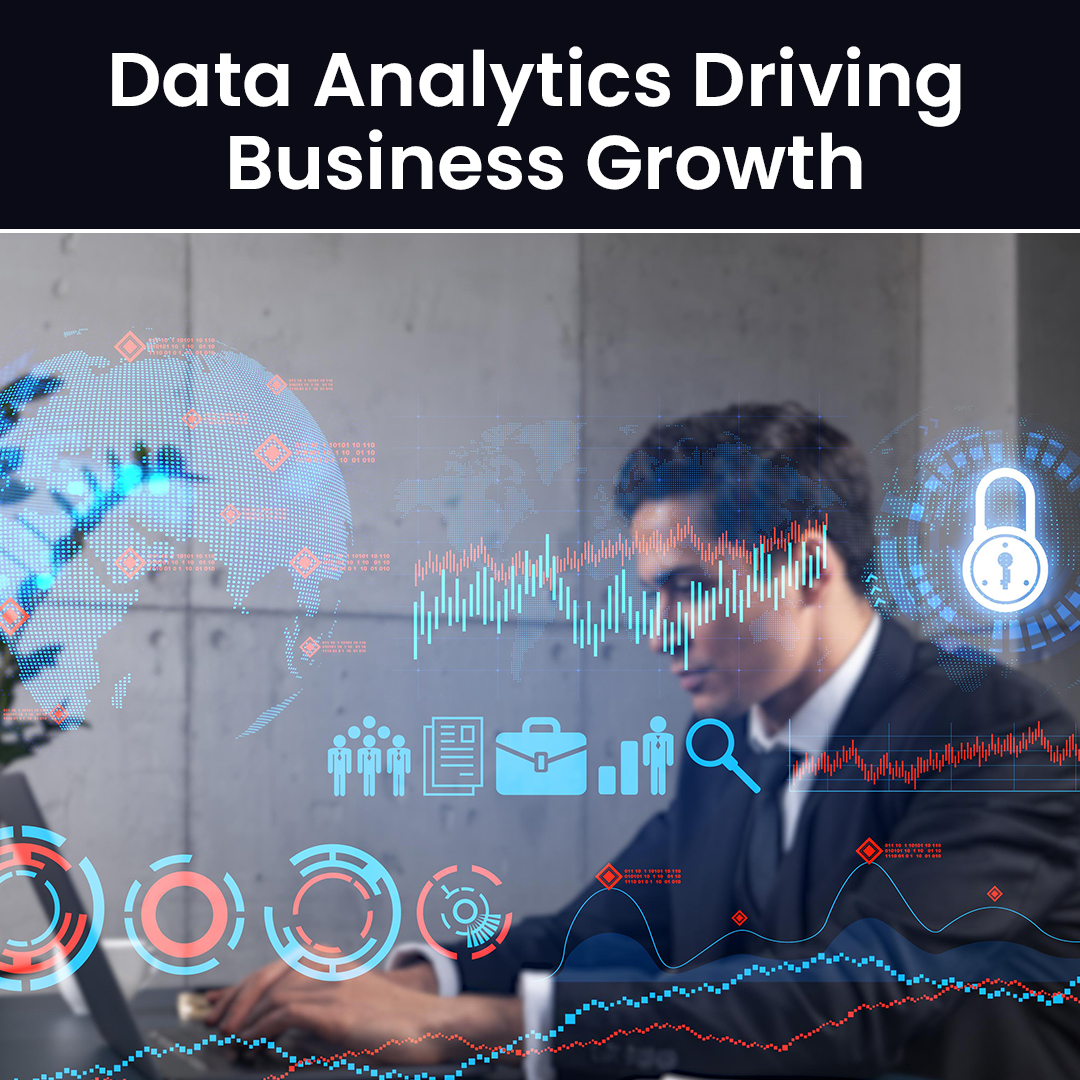
Leveraging Cloud Analytics for Business Success
Enhancing Decision Making with Data Insights
As businesses continue to navigate the complexities of a competitive landscape, leveraging cloud analytics becomes paramount for enhancing decision-making. With access to vast amounts of real-time data, organizations can extract meaningful insights that drive strategic choices.
Consider a mid-sized e-commerce retailer that integrates cloud analytics into their operations. By analyzing customer purchasing behaviors, they discover trends that inform marketing strategies and inventory management. This allows them to tailor their campaigns effectively, targeting the right audience at the right time.
Key benefits of enhanced decision-making through cloud analytics include:
- Informed Strategies: Decision-makers rely on data-backed insights rather than intuition alone.
- Predictive Capabilities: Businesses can forecast future trends and adjust accordingly to stay ahead.
- Collaboration Opportunities: Teams can share insights instantly, fostering a culture of data-driven decision making.
Improving Operational Efficiency through Cloud Analytics
Operational efficiency is the heartbeat of any successful organization, and cloud analytics plays a critical role in optimizing processes. With tools that provide clarity on resource allocation, companies can streamline workflows and reduce waste.
For example, a manufacturing firm utilizing cloud analytics can monitor production lines in real-time, identifying bottlenecks that delay output. By implementing changes based on the collected data, they can enhance productivity and minimize downtime.
The primary advantages include:
- Cost Reduction: Efficient processes translate into savings and improved profit margins.
- Agility: Organizations can quickly adapt operations based on evolving market demands.
- Continuous Improvement: With ongoing data analysis, businesses can refine processes regularly for optimal performance.
In summary, leveraging cloud analytics effectively not only enhances decision-making but also drives operational excellence, setting a solid foundation for business success.
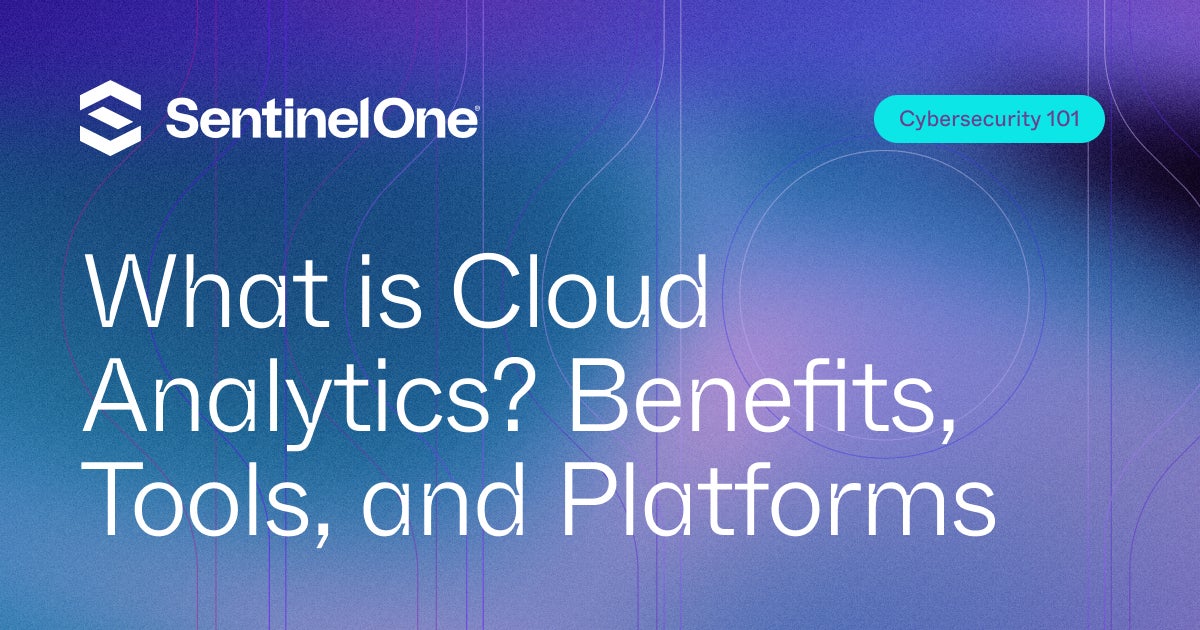
Implementing Cloud Analytics Solutions
Choosing the Right Cloud Analytics Tools
Transitioning to cloud analytics is a strategic move for many businesses, but it all starts with selecting the right tools. With numerous platforms available, the decision can seem overwhelming. It’s like choosing the best pair of shoes; you want something comfortable, high-quality, and suited to your needs.
To simplify the selection process, consider approaching it with these guidelines:
- Assess Business Needs: What specific problems do you want the analytics tool to address?
- Scalability: Ensure the solution can grow with your business as your analytics needs evolve.
- Integration Capabilities: Look for tools that can seamlessly integrate with your existing systems.
For instance, a startup might benefit from user-friendly, cost-effective solutions, while a large enterprise may require more robust features with complex data processing capabilities.
Ensuring Data Security and Compliance in the Cloud
Once you have the right tools in place, ensuring data security and compliance should become a top priority. With the increasing threat of cyberattacks, businesses must be proactive about protecting sensitive information stored in the cloud.
Key strategies for maintaining security include:
- Encryption: Ensure that data is encrypted both in transit and at rest.
- Access Control: Limit access to sensitive data based on user roles; not everyone needs unrestricted access.
- Regular Audits: Conduct regular security audits to identify vulnerabilities and ensure compliance with regulations.
A healthcare provider, for example, must adhere to strict regulatory compliance. Adopting robust cloud security measures is vital to securing patient data and maintaining trust.
In conclusion, by carefully choosing the right cloud analytics tools and prioritizing data security, businesses can implement effective solutions that pave the way for success in their analytics journey.

Case Studies: Real-World Applications of Cloud Analytics
Retail Industry: Optimizing Inventory Management
In the retail sector, proper inventory management is crucial for maximizing profits and minimizing losses. Let’s take the example of a well-known clothing retailer that implemented cloud analytics to streamline their inventory processes. By utilizing data from sales patterns, seasonal trends, and customer feedback, the company was able to optimize stock levels across its multiple locations.
The functionalities they adopted included:
- Real-Time Analytics: Monitoring sales and inventory levels in real-time allowed for timely restocking.
- Predictive Modeling: By analyzing historical data, the retailer could forecast demand more accurately, reducing overstock situations.
As a result, the retailer not only improved inventory turnover rates but also enhanced customer satisfaction by ensuring popular items were always available. This shift to cloud analytics proved to be instrumental in driving operational efficiency and profit growth.
Healthcare Sector: Improving Patient Care with Data Analytics
In the healthcare sector, cloud analytics serves a vital role in enhancing patient care. A prominent hospital chain turned to cloud analytics to manage patient records and improve service delivery. By aggregating data from various sources including lab results and patient histories, healthcare providers were able to gain 360-degree insights into patient health.
Key advantages included:
- Personalized Treatment Plans: Providers could tailor treatment based on comprehensive data analysis.
- Predictive Insights: The hospital identified potential patient risks before they manifested, allowing for proactive care.
This integration of cloud analytics not only improved patient outcomes but also increased operational efficiencies across departments. Ultimately, these case studies illustrate the transformative power of cloud analytics, enabling businesses to make informed decisions and drive substantial improvements in their respective fields.
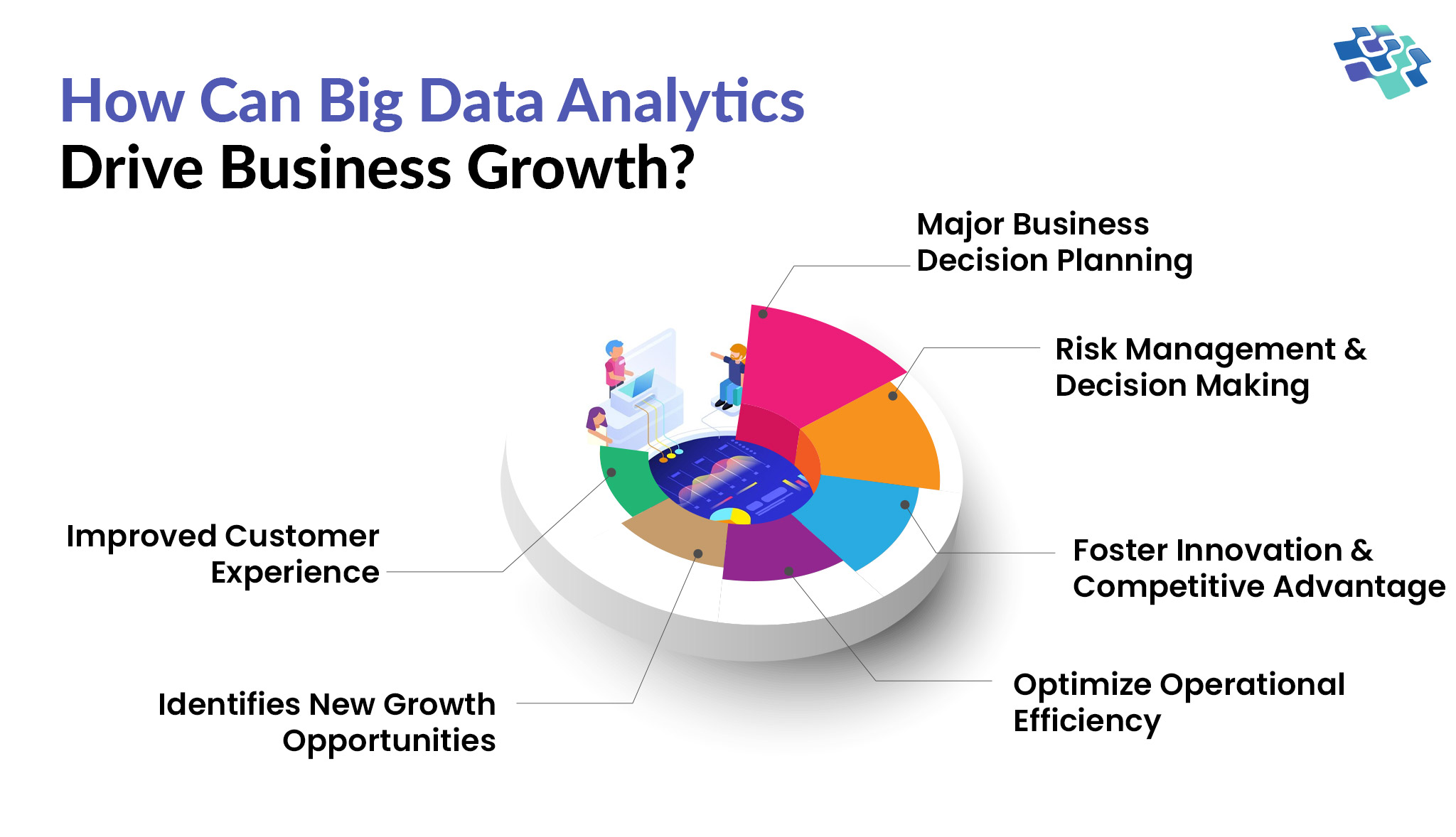
Future Trends in Cloud Analytics
Machine Learning and AI Integration in Cloud Analytics
As we look ahead, one of the most exciting trends in cloud analytics is the integration of Machine Learning (ML) and Artificial Intelligence (AI). These technologies are set to revolutionize how businesses extract insights from their data. For instance, let’s consider a financial institution that adopts AI-driven analytics solutions. By analyzing customer behavior patterns, they can pinpoint anomalies such as fraudulent transactions more quickly and accurately.
Key benefits of AI and ML integration include:
- Automated Insights: Algorithms can sift through massive datasets to identify trends without manual intervention.
- Enhanced Personalization: Businesses can offer tailored experiences to customers based on predictive models.
- Continuous Learning: The more data the system processes, the more refined its predictions become over time.
Predictive Analytics for Anticipating Business Needs
Another emerging trend is predictive analytics, which allows organizations to forecast future trends and make proactive decisions. This capability is especially vital in today’s fast-paced business world. Consider a supply chain manager who uses predictive analytics to assess demand fluctuations; they can adjust orders and inventory levels accordingly.
The advantages of predictive analytics include:
- Optimized Resource Allocation: Businesses can allocate resources more effectively based on predicted needs.
- Risk Mitigation: Anticipating market shifts helps organizations minimize potential losses.
- Enhanced Strategic Planning: Companies can develop more effective long-term strategies rooted in actionable data insights.
As businesses increasingly embrace cloud analytics, integrating AI and leveraging predictive capabilities will become crucial in navigating challenges and seizing opportunities in the future. These advancements will not only enhance operational efficiency but also pave the way for innovative solutions across various industries.
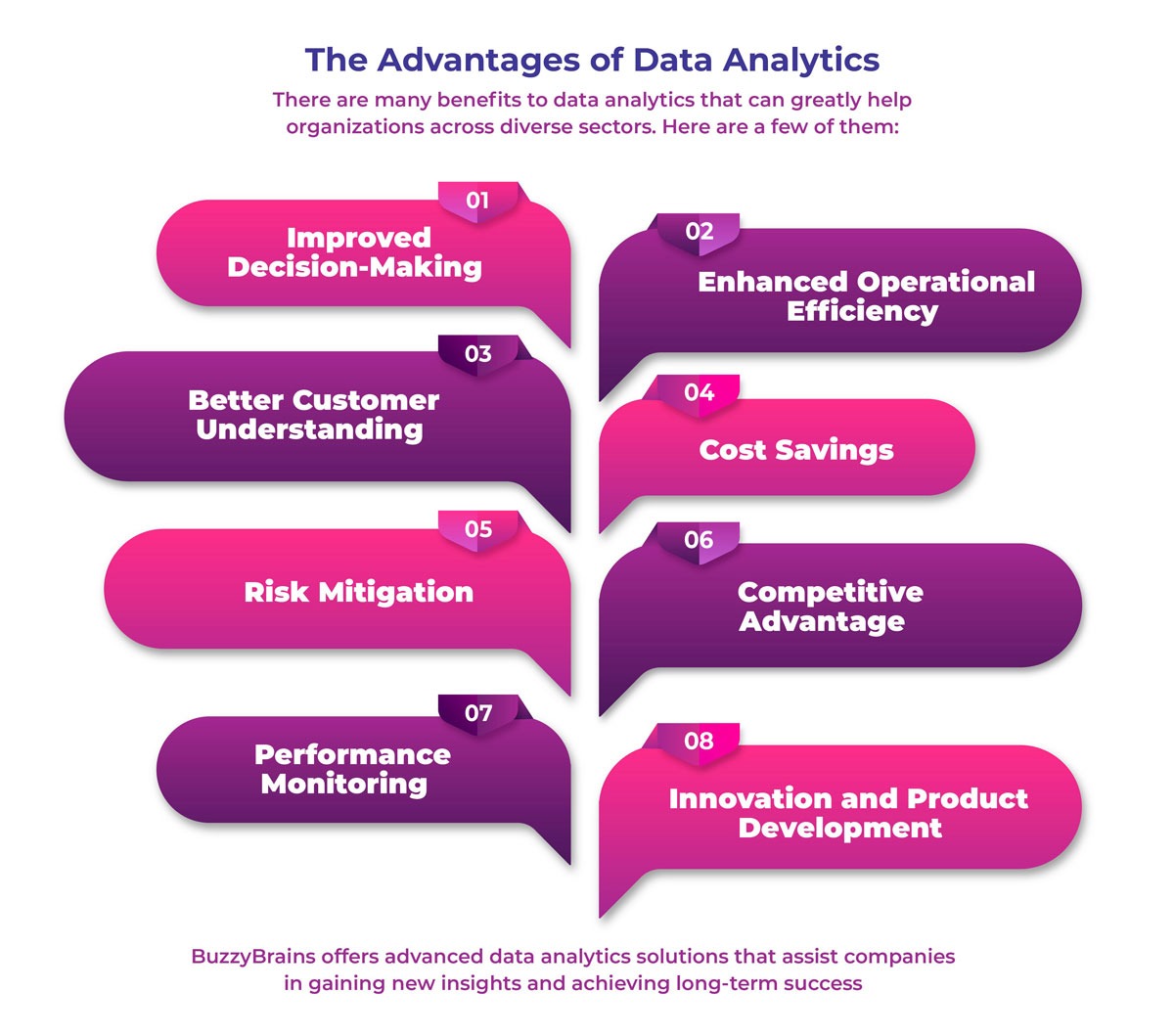
Conclusion
Recap of the Benefits of Cloud Analytics
As we conclude our exploration of cloud analytics, it’s essential to recap the myriad benefits it offers businesses striving for success in today’s data-driven environment. From enhancing decision-making to improving operational efficiency, cloud analytics provides a robust framework for organizations to thrive.
Here are some key advantages to remember:
- Cost Efficiency: Reduces the need for expensive on-premises infrastructure.
- Scalability: Easily adjusts to growing business needs and fluctuating demands.
- Real-Time Access: Facilitates swift and informed decision-making across departments.
For instance, consider a small restaurant that utilizes cloud analytics to monitor customer preferences. By adjusting its menu based on real-time feedback, the establishment not only boosts customer satisfaction but also increases profitability.
The Role of Data in Driving Business Success
Ultimately, data has become the lifeblood of modern businesses. The ability to collect, analyze, and derive actionable insights from data plays a pivotal role in driving success. Companies embracing data-driven strategies can anticipate market needs, optimize processes, and stay ahead of competitors.
As we move forward, organizations that harness the power of cloud analytics will be well-equipped to navigate complexities, make informed decisions, and foster growth. The capabilities of cloud analytics will continue to expand, paving the way for innovation and a future where data truly drives business success. Embracing these changes is not just an opportunity; it’s a necessity for staying relevant in today’s fast-paced market.

